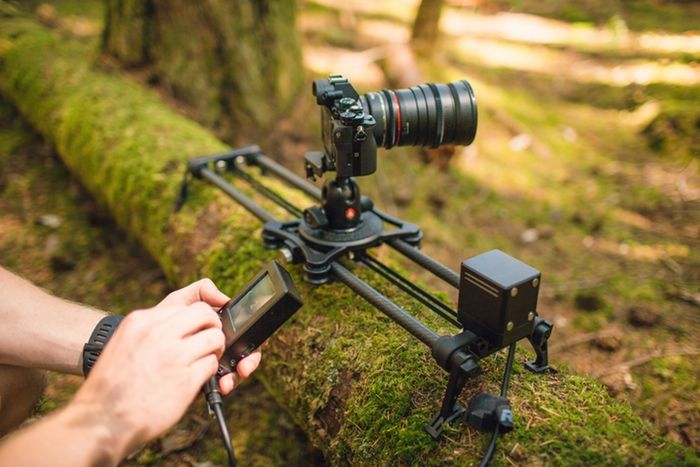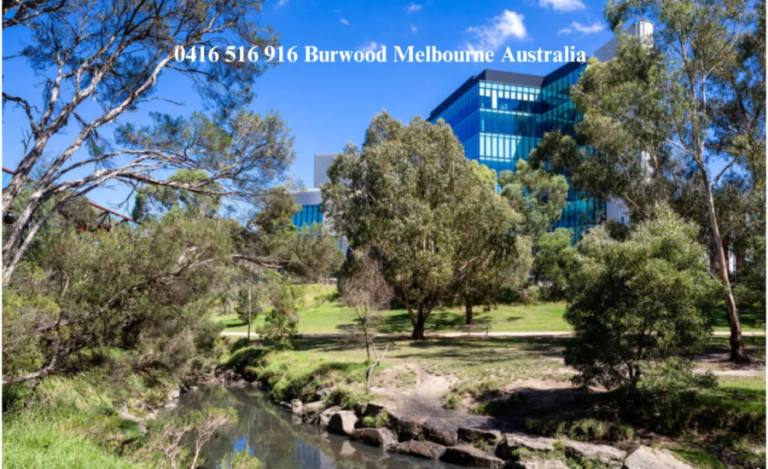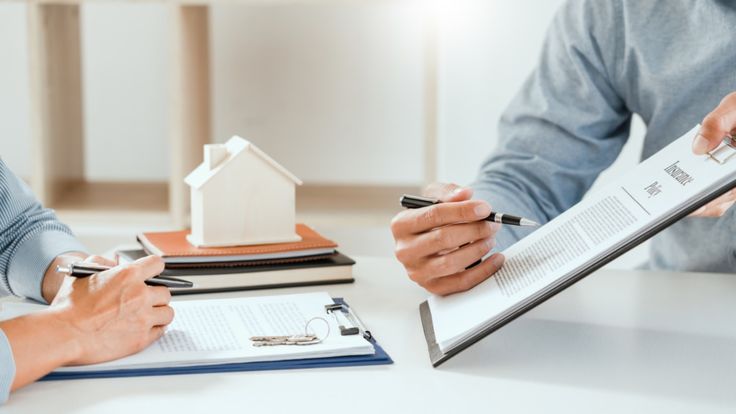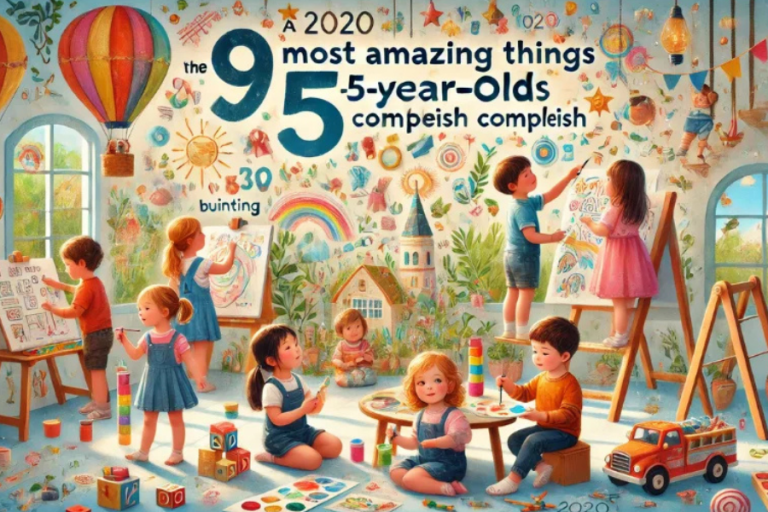How Camera Sliders Can Enhance Dialogue Scenes in Films
Introduction
Dialogue scenes are often the heart of a film, where the most important character interactions, emotional exchanges, and plot developments unfold. While these scenes may seem static compared to action sequences, they offer plenty of opportunities for creative cinematography. One tool that can transform even the simplest dialogue scene is the camera slider.
A camera slider allows filmmakers to add subtle, smooth motion to their shots, enhancing the visual dynamics of a scene without distracting from the conversation.
1. Adding Subtle Motion for Visual Interest
Dialogue-heavy scenes can sometimes feel static or visually flat, especially if the camera remains in one fixed position for too long. A camera slider allows you to introduce subtle motion that keeps the audience visually engaged, even during quiet, intense conversations.
Here’s how subtle motion enhances dialogue scenes:
- Increased Engagement: Slow, steady camera movement—whether it’s a tracking shot or a push-in—adds a layer of visual interest to a scene that might otherwise rely solely on the character’s dialogue. This movement draws viewers into the conversation, making them feel more connected to the emotions being conveyed.
- Natural Flow: A camera slider creates a smooth motion that feels natural, mirroring the rhythm of the dialogue. For instance, a gentle slide toward a character as they deliver an important line can subtly emphasize the significance of the moment, while pulling back can reflect a shift in mood or power dynamics.
By using a film camera slider to introduce movement, you can add subtle visual tension that complements the spoken words without overwhelming the audience.
2. Enhancing Emotional Impact
Dialogue scenes are often the most emotional moments in a film, whether they involve romantic confessions, heated arguments, or quiet reflections. The camera movement achieved with a slider can help amplify the emotional intensity of these moments by guiding the audience’s focus and creating intimacy with the characters.
Here are some ways sliders can enhance emotional depth:
- Push-In for Intimacy: A slow push-in on a character’s face during a vulnerable moment can heighten the emotional impact of the scene. This technique makes the audience feel as though they’re moving closer to the character, sharing in their emotions and thoughts.
- Tracking for Emotional Shifts: Sliding the camera to follow a character as they move or gesture can mirror emotional changes within the scene. For example, if a character begins pacing during an argument, a camera slider can track their movements, creating a sense of urgency and frustration.
- Focus Shifts: A camera slider can also be used to shift focus from one character to another during a conversation. This can help convey power dynamics or highlight emotional reactions without cutting to a new angle, keeping the scene fluid and natural.
By adding movement that complements the dialogue, you can guide the audience’s emotional response to a scene, helping them feel more connected to the characters and their journey.
3. Creating Tension and Suspense
While dialogue scenes are often more intimate and emotional, they can also be filled with tension and suspense. The controlled movement of a camera slider allows filmmakers to build and release tension subtly, making even the quietest conversation feel charged with underlying stakes.
Ways to use camera sliders to create tension:
- Slow Creeps: A slow, creeping push-in on one character can make the audience feel uneasy, as though something ominous is about to happen. This is especially effective in thrillers or dramatic confrontations where the characters are on edge.
- Lateral Slides: A slider can be used to move laterally across the scene, following the conversation and revealing new elements of the environment. This movement can subtly suggest that there is more happening beneath the surface, building anticipation in the audience.
- Reveals: Camera sliders are also excellent for slow reveals, where a character’s reaction or an important detail is uncovered as the camera moves. This creates a gradual build-up of suspense, making the audience wait in anticipation of what’s coming next.
By carefully controlling the speed and direction of your slider, you can infuse even a simple conversation with tension and keep the audience on the edge of their seat.
Conclusion
Dialogue scenes are often where the heart of a film’s story lies, and using a camera slider can help elevate these moments by adding subtle motion, creating emotional depth, and maintaining visual continuity. Whether you’re looking to build tension, emphasize intimacy, or guide the audience’s focus, a camera slider gives you the flexibility to create dynamic and engaging dialogue scenes that go beyond static shots.
By incorporating a camera slider into your filmmaking toolkit, you can take your dialogue scenes to the next level, ensuring they captivate your audience and enhance your storytelling.
FAQs
1. Can I use a camera slider for both dramatic and casual dialogue scenes?
Yes, a camera slider can be used in both dramatic and casual scenes. The key is to adjust the speed and movement to match the tone and mood of the conversation.
2. What type of camera movements are best for building tension in dialogue scenes?
Slow creeps, push-ins, and lateral slides are excellent choices for building tension in dialogue scenes. These movements can create a sense of unease and suspense without distracting from the conversation.
3. Can a camera slider help with low-budget filmmaking?
Absolutely. Camera sliders are a cost-effective way to add dynamic motion and professional touch to dialogue scenes without needing a large budget for expensive equipment or complex setups.
4. How do I choose the right speed for the camera slider during dialogue?
The speed should match the pacing of the dialogue and the emotional tone of the scene. For high-tension scenes, slower movements can build suspense, while faster slides may work for energetic or fast-paced exchanges.






